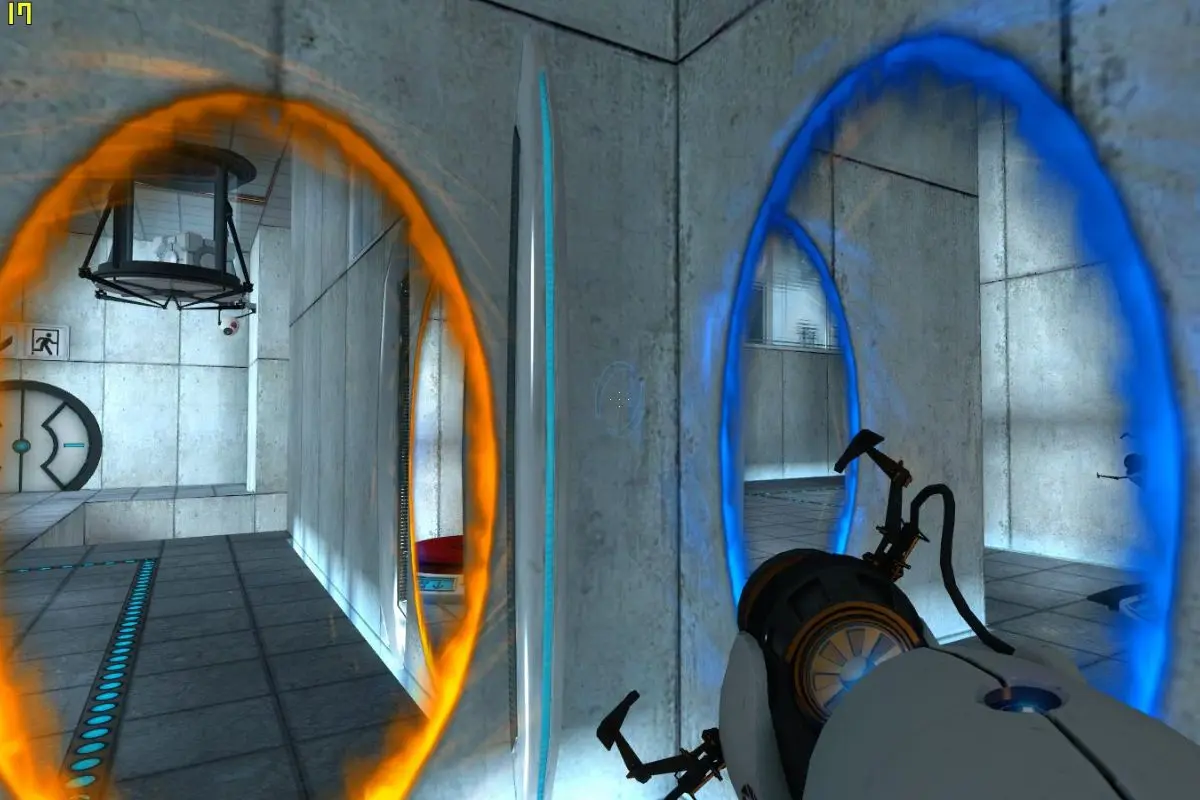
Homeworld Mothership and Exodus | A Sci-Fi Moses
Game designer
Studio
Art Director
Lead Composer
Publishing Year
Type of game
Genre
Country
In 1999 Relic Entertainment released Homeworld after only two years of development. A cornerstone in Real-Time Strategy games, Homeworld was one of the first true fully three-dimensional games, with units able to move above and below the game map’s plane.
Now an iconic design, the Homeworld Mothership is the home and vehicle for the Kushan. Guided by Karan S’Jet, the Exiles escape the desert planet of Kharak to find their ancestral home at the center of the galaxy.
The Homeworld Mothership is a mechanical prophet
A fully-fledged character, the Homeworld Mothership is the core of the game’s story and gameplay.
After living for thousands of years on Kharak, the clan-divided population called Kushan discover an ancient starship buried in the sands. Within it, they find a stone tablet with a map to their true home planet etched on it.
Setting aside ancient family feuds, the Kushan unite to construct a massive space vehicle that will carry them among the stars.
Karan S’Jet, a brilliant neuroscientist, entombs herself into Mothership’s computer and physically plugs into the systems. As a result of her sacrifice, she becomes the ship’s main processor and its soul. Much like Moses in 1956 The Ten Commandments, Karan shepherds her people away from the sands of Kharak and leads them to the Promised Land. During their voyage, they will find the reason for their exile and an ancient nemesis thirsty for revenge.
Victory Through Willpower
While the Kushan manage to befriend the nomadic traders called The Bentusi, they’re usually left to their own devices. There’s no God speaking to Karan and everything the Exiles accomplish is thanks to their ingenuity and self-reliance.
From reverse engineering the hyperdrive found in the Kharak wreckage to escaping millennia-old robot ships, the Kushan display an impressive ability to adapt to situations.
The Kushan are not afraid of making sacrifices. They abandon their home and start a galactic road trip, leaving the comfort of the familiar and the usual to venture into the unknown. Quite often they have to sacrifice ships and units to defend the Mothership and keep her going. They’re so determined in reaching their objective that even the other civilizations recognize their courage.
A monumental accomplishment
In 1999 critics considered Homeworld a technical achievement. Instead of having a single plane, the game allowed spaceships to move freely across any axis of the map. Moving up and down, players can create new strategies, go around obstacles, and hit weak points. Thus, players control every ship, from small single-seat scouts to titanic battlecruisers.
Formations, tactics, and special moves spice up the gameplay, keeping the game alive even now in small multiplayer communities. The music mixes typical Sci-Fi ambiance with the Middle East-inspired tones creating a unique soundtrack. This distinct feel keeps players immersed in the story, also thanks to the use of hand-drawn cutscenes at the start of each level.
The Future of Homeworld
Followed by the expansion Cataclysm, featuring the first non-human entity in a plot reminiscent of 1979 Alien, in 2000 and by a much more religious Homeworld 2 in 2003, the Homeworld franchise still attracts attention to this day. Gearbox Software bought the rights and released a Remake Edition in 2015. Soon after, they announced Homeworld 3.
Coming in 2022, the game will continue the story of the Exiles where Homeworld 2 left them. Moreover, a Table Top RPG set in the same universe will release in 2021.
Tag
Buy a ☕ for Hypercritic









